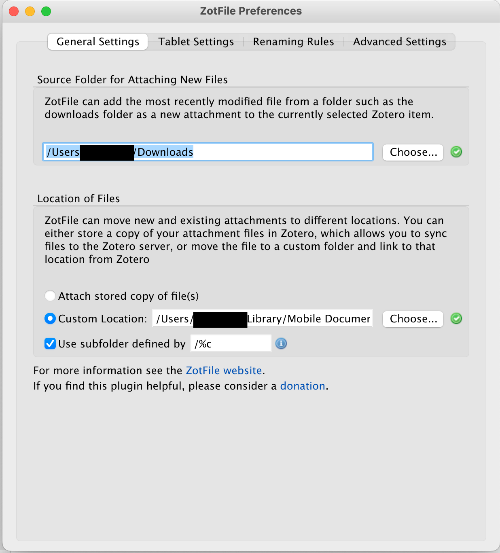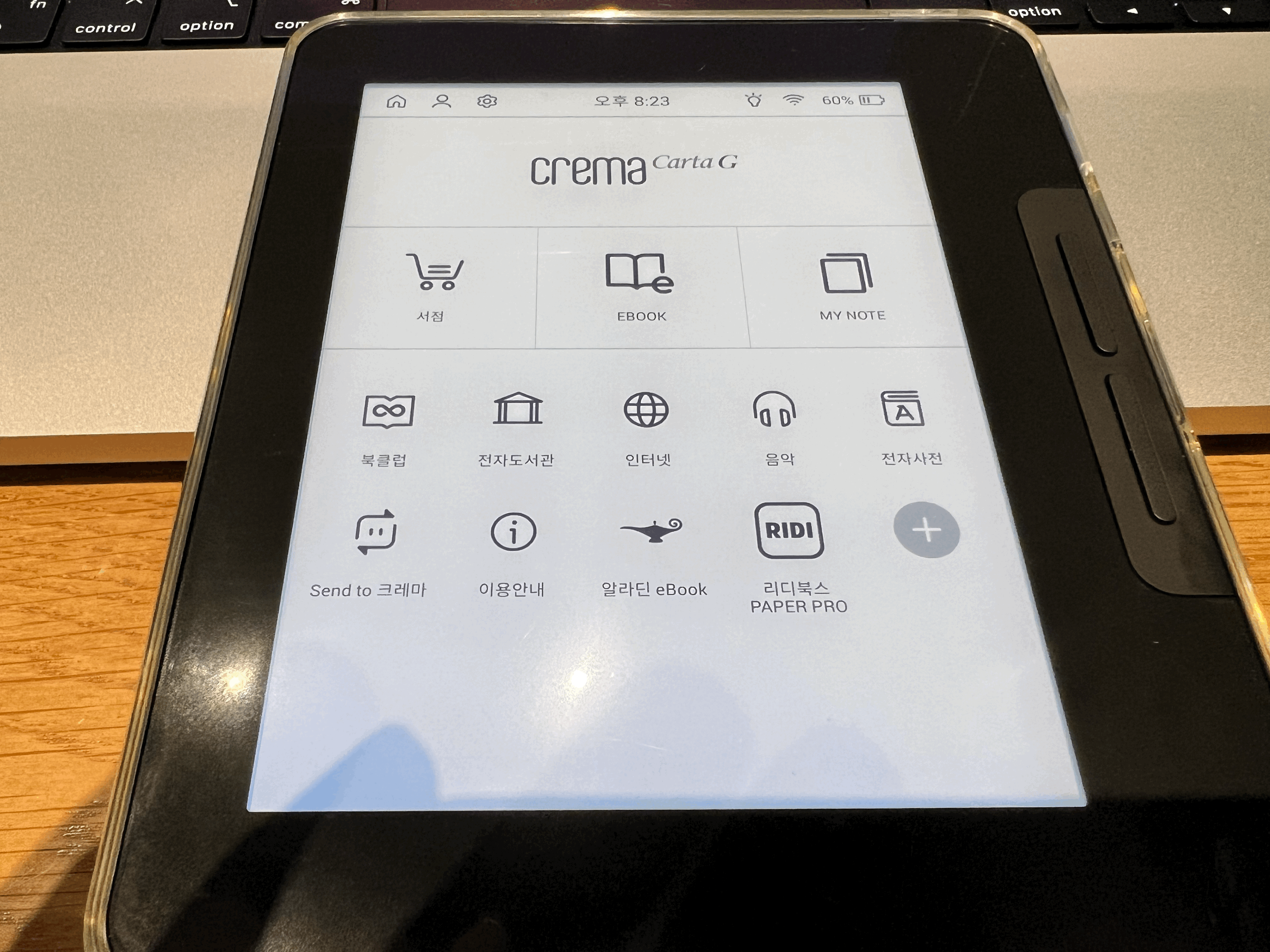CABG indications
source, harrisons’ internal medicine 21e8
1.Alexander JH, Smith PK. Coronary-Artery Bypass Grafting. Jarcho JA, ed. N Engl J Med. 2016;374(20):1954-1964. doi:10.1056/NEJMra1406944
Syntax scoring links
Lawton Jennifer S., Tamis-Holland Jacqueline E., Bangalore Sripal, Bates Eric R., Beckie Theresa M., Bischoff James M., et al. 2021 ACC/AHA/SCAI Guideline for Coronary Artery Revascularization. Journal of the American College of Cardiology 2022;79:e21–129.
- Patients with complex disease
- In patients who require revascularization for significant left main CAD with high-complexity CAD, it is recommended to choose CABG over PCI to improve survival (1,2).
- In patients who require revascularization for multivessel CAD with complex or diffuse CAD (e.g., SYNTAX score >33), it is reasonable to choose CABG over PCI to confer a survival advantage (2-5).
- Patients with Diabetes
- In patients with diabetes and multivessel CAD with the involvement of the LAD, who are appropriate candidates for CABG, CABG (with a LIMA to the LAD) is recommended in preference to PCI to reduce mortality and repeat revascularizations (1-8).
- In patients with diabetes who have multivessel CAD amenable to PCI and an indication for revascularization and are poor candidates for surgery, PCI can be useful to reduce long-term ischemic outcomes(9,10).
- In patients with diabetes who have left main stenosis and low- or intermediate-complexity CAD in the rest of the coronary anatomy, PCI may be considered an alternative to CABG to reduce major adverse cardiovascular outcomes (5,11).
- Patients with CKD
- In patients with STEMI and CKD, coronary angiography and revascularization are recommended, with adequate measures to reduce the risk of AKI.
- In high-risk patients with NSTE-ACS and CKD, it is reasonable to perform coronary angiography and revascularization, with adequate measures to reduce the risk of AKI (4,5).
1.Bachar BJ, Manna B. Coronary Artery Bypass Graft. StatPearls Publishing, Treasure Island (FL); 2022. http://europepmc.org/abstract/MED/29939613
CABG indication
- Left main disease greater than 50%
- Three-vessel coronary artery disease of greater than 70% with or without proximal LAD involvement
- Two-vessel disease: LAD plus one other major artery
- One or more significant stenosis greater than 70% in a patient with significant anginal symptoms despite maximal medical therapy
- One vessel disease greater than 70% in a survivor of sudden cardiac death with ischemia-related ventricular tachycardia
Contraindication
- Contraindications to CABG include patient refusal, coronary arteries incompatible with grafting, and the absence of viable myocardium to graft.
1.Gersh BJ, Frye RL. Methods of Coronary Revascularization — Things May Not Be as They Seem. N Engl J Med. 2005;352(21):2235-2237. doi:10.1056/NEJMe058053
→ Survival benefit for surgery
- Three-vessel disease
- Two-vessel with LAD involve
- Two-vessel but without proximal LAD
'Anesthesiology' 카테고리의 다른 글
| Perioperative MI, UDMI definition (0) | 2023.02.15 |
|---|










